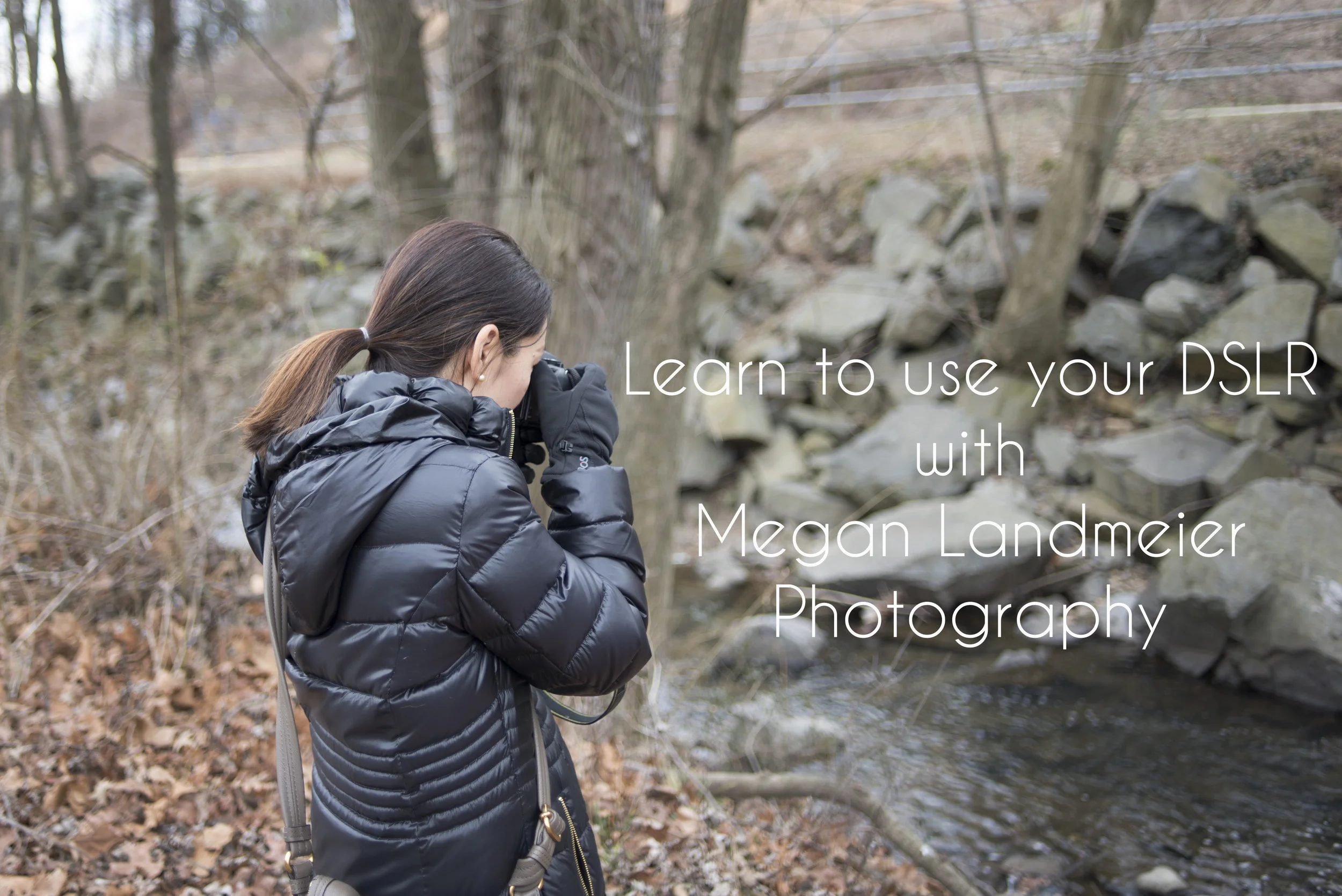I have three DSLRs. All three are Nikon - the D3100 that was my first camera, the D610 I bought when I started my business, and the D750 I use in low light situations. All three have a variety of settings which the user can switch to depending on the situation.
When I teach photography tutorials, we almost always start in Aperture Priority (AP, or on a Canon, AV) Mode.
Aperture is a measure of how much light gets into the camera, essentially, the size of the hole that lets the light in. It's measured in f-stops.
From a functional perspective, my easy way to think of aperture is "how wide of a plane are you focused on?" A small f-stop number (i.e., f/1.8) means a LOT of light and more of that beautiful bokeh, or blurry background. Bokeh is lovely, but if you're only focused on half the people in the picture and the rest are fuzzy, your f-stop number is too low.
I personally think AP/AV is a great place to start because aperture can dramatically change the look of a photo. In this mode, you set the ISO and aperture, and the camera controls the shutter speed.
Uh oh! f/2 was too low. Poor Piggie is out of focus.
Photographing two kids on the same plane, I start around f/3.2. Sometimes if the lighting is too dark, I'll go lower, although I risk an out of focus child.
One kid when I want a lot of bokeh, I go as low as f/1.8.
But here's the catch.
When you control the aperture and your camera controls the shutter speed, keep an eye out to make sure the shutter speed is fast enough to catch your subject - especially if your subject is a moving child! 1/250 or so is a good minimum for kids!
If the shutter speed gets too slow (you'll see blurry photos), move the aperture number lower or the ISO higher.
And that, my friends, is your VERY basic intro to aperture. Happy shooting!
